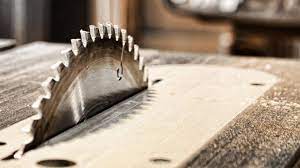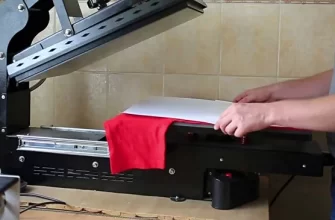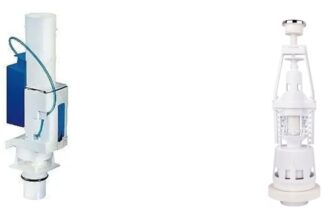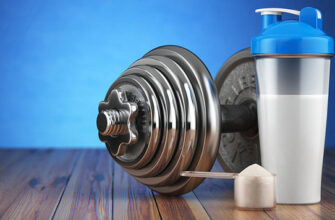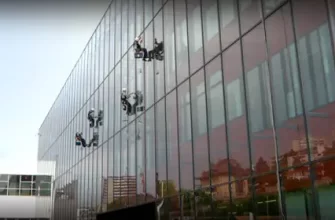Ventilation – This is a necessary element of comfortable and healthy living in any living space.. It provides fresh air from outside and exhaust air from inside., and also regulates the temperature, humidity and air purity. In this article, a specialist from BT Service will talk about, how to properly design and install a ventilation system in a private house, what types and types of ventilation systems exist, what standards and requirements apply to them?, and what recommendations should be taken into account. You can learn more about ventilation design in Kyiv here http://bt-service.ua/proektirovanie-sistem-ventilyacii. 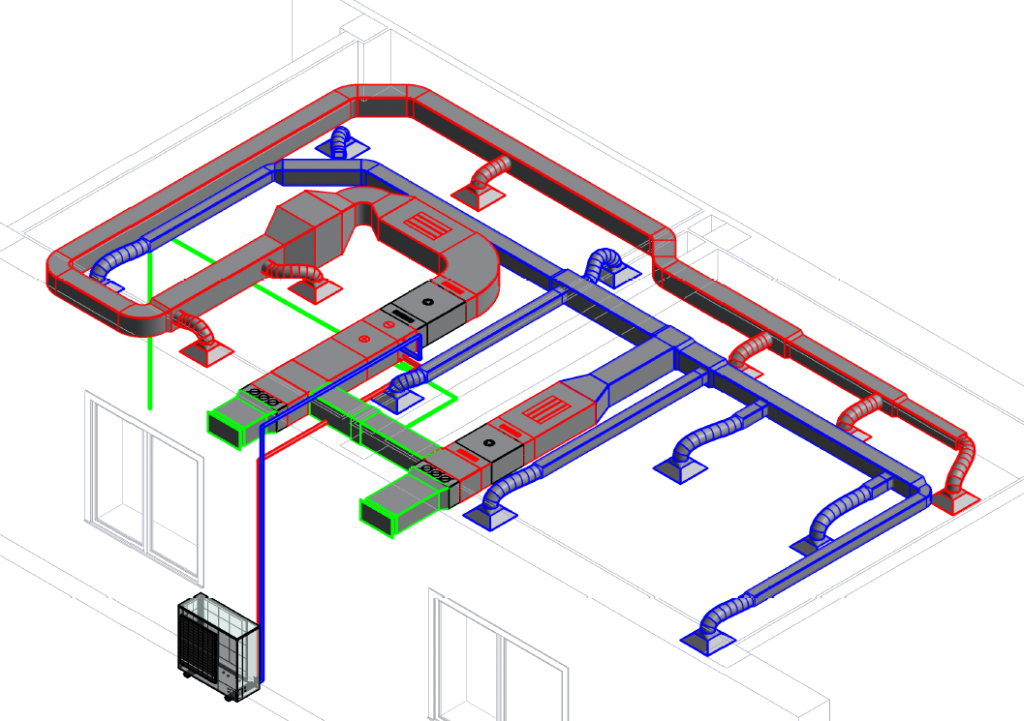
The importance of ventilation for a residential building
Ventilation is necessary to maintain optimal conditions for human life and health in a residential building. Without sufficient air exchange in the room, a number of problems can arise, such as:
- Heat imbalance and overheating or hypothermia of the body.
- Increased carbon dioxide concentration, dust, microorganisms, allergens and other air pollutants, which can lead to poor health, development of asthma, allergies, headache, fatigue and other diseases.
- The appearance of odors, mold, fungus and corrosion on surfaces and equipment.
- Energy loss due to inefficient space heating or cooling.
For, to avoid these negative consequences, it is necessary to ensure correct calculation, design and installation of a ventilation system in a private house.
Standards and requirements for ventilation in a private home
The ventilation system in a private house must meet certain standards and requirements, which are regulated by various documents. Let's consider the main parameters that proper ventilation should provide.:
- Air temperature in winter – not less 18 °C, in summer – not higher 26 °C.
- Relative humidity – not less 30% and no higher 60%.
- Air speed – no more 0,2 MS.
- Oxygen content – no less 20,9%.
- Carbon dioxide content – no more 0,1% (1000 ppm).
- Dust content – no more 0,15 mg/m3.
- Microorganism content – no more 500 CFU/m3.
Besides, the ventilation system in a private house must provide the required volume of outside air for each room, which depends on its functional purpose, number of residents and area. According to SNiP, The minimum outdoor air flow rate for various rooms of a private house is:
- Living room, bedroom, study – 60 m3/h per person or 3 m3/h of 1 m2 area (a larger value is selected).
- kitchen – 90 m3/h per person or 60 m3/h per slab (a larger value is selected).
- Bathroom, restroom – 25 m3/h per device (bath, shower, toilet, etc.).
- Hallway, corridor, pantry – 10 m3/h of 1 m2 area.
Designing ventilation in the house
Design of a ventilation system in a private house – this is a responsible and complex process, which requires knowledge, experience and special programs. Design consists of several stages:
- Analysis of customer needs and functional purpose of premises.
- Determining the type and layout of the ventilation system (natural, forced, hybrid, central, local, etc.).
- Calculation of the required volume of outside air for each room and the total air flow for the entire system.
- Selection and calculation of equipment for the ventilation system (fans, heat exchangers, filters, regulators, etc.).
- Calculation and selection of air ducts and other system elements (the size, material, insulation, aerodynamics, etc.).
- Development of plans and diagrams of the ventilation system indicating the location and characteristics of all elements.
- Coordination of the project with the customer and supervisory authorities.
Designing a ventilation system in a private house must take into account all the features of the house, such as:
- House layout and construction (number of floors, rooms, windows, doors, etc.).
- Climatic conditions of the region (temperature, humidity, pressure, wind speed, etc.).
- Energy efficiency at home (thermal insulation, insulation, tightness, etc.).
- Aesthetic preferences of the customer (style, Colour, shape, etc.).
Design of a ventilation system in a private house – this is the task, which requires a professional approach and qualified assistance. Therefore, it is recommended to contact specialized companies or engineers, who have experience and license to perform such work. This can be done on the official site BT Service, using the feedback form, or call +380 (44) 225-63-32.
Types of ventilation systems: natural and forced
Ventilation systems can be divided into two main types according to the method of inducing air movement: natural and forced.
Natural ventilation based on the use of the difference in pressure and air temperature inside and outside the room. Air exchange occurs through openings in the external walls (window, windows, lattice) and through vertical channels (vent chambers, mines). Natural ventilation has a number of advantages, such as:
- Simplicity of device and operation.
- No energy consumption or noise from equipment operation.
- Self-regulation of air exchange intensity depending on weather conditions.
However, natural ventilation also has a number of disadvantages, such as:
- Low efficiency and inconsistent air exchange when there is little wind or the same temperature inside and outside.
- Inability to adjust the parameters of the supplied air (temperature, humidity, filtration).
- Heat loss from the room in winter and penetration of cold or hot air in summer, which increases heating and air conditioning costs.
- The need to ensure a sufficient number and size of openings in external walls and channels inside the house, which can reduce the aesthetic appearance of the facade and reduce the usable area.
Therefore, to ensure high-quality and effective ventilation in a private home, it is recommended to use forced ventilation.
Forced ventilation based on the use of mechanical devices (fan, pumps, valves, etc.), which create the necessary pressure and speed of air movement through closed channels. Air exchange occurs through special air ducts, which connect rooms with outside air or with a central ventilation system. Forced ventilation has a number of advantages, such as:
- High efficiency and constant air exchange regardless of weather conditions.
- Possibility to adjust the parameters of the supplied air (temperature, humidity, filtration, cleaning, ionization, etc.).
- Energy savings through the use of heat exchangers, which allow heat to be transferred from exhaust to supply air or vice versa.
- Minimal impact on the architectural appearance of the facade and usable area of the premises.
However, forced ventilation also has a number of disadvantages, such as:
- Complexity of device and operation.
- The need for energy consumption and equipment maintenance.
- Possibility of noise from fans and other system elements.
- Risk of contamination or damage to the system due to improper installation or operation.
Therefore, to select the optimal type and design of the ventilation system in a private house, it is necessary to carry out careful calculations and design, taking into account all factors and requirements.

